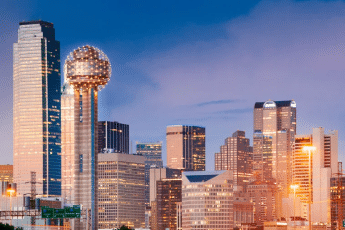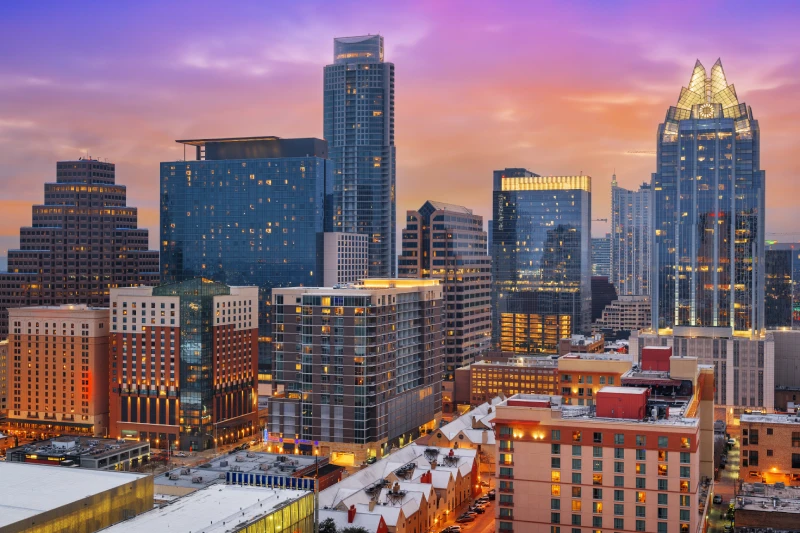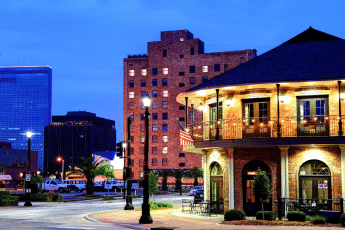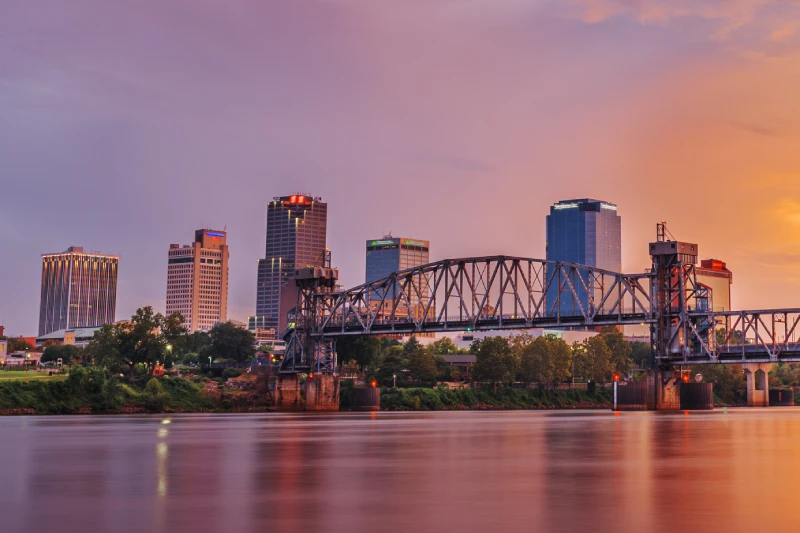Daylight Saving Time is coming to an end shortly on November 1st. Although there is some controversy [1] surrounding the benefits of falling back and springing forward, every state in the U.S. observes Daylight Saving Time except for Hawaii and Arizona. According to a recent 2019 article, Texas, Oklahoma, and Kansas are proposing year-round standard time. Regardless of which side you agree with, it’s important to note that the end of Daylight Saving Time comes with some potential risks, especially for pedestrians, bicyclists, and drivers.
While we may get an extra hour of sleep, your chances of being involved in an accident also increase. According to AAA, motor vehicle accidents increase by 159 percent after Daylight Saving Time ends. That is why it is so crucial that drivers, pedestrians, and cyclists take extra caution during the witching hour – usually between 5 pm and 6 pm.
At Shamieh Law, our experienced Dallas personal injury lawyers understand the day to day stresses people face. The last thing you want to deal with is injuries following a pedestrian accident because a driver wasn’t paying attention in the dark. If you suffered an injury due to another person’s negligence or recklessness, please contact our accident lawyers and schedule a consultation.
The sooner we can assess your case, the better. As we near the end of fall and winter approaches, please take care of yourself and your loved ones. Most people don’t think about pedestrian accidents when Daylight Saving comes to an end. In this article, we will take a closer look at why Daylight Saving Time is so dangerous for pedestrians and some of the other common causes of pedestrian accidents this time of year. If you would like to learn more about your options, please contact Shamieh Law today.
Why is Daylight Saving Time So Dangerous for Pedestrians?
When we jump back in the fall for Daylight Saving Time, we often see a significant increase in pedestrian fatalities and injuries. These accidents mostly occur in the evenings, as people are unaccustomed to the sun setting so early. Unfortunately, drivers let their guards down and fail to think about the fact that pedestrians and bicyclists may still be out. We see more accidents occur this time of year because Daylight Saving Time can affect people’s sleep cycles. When your sleep cycle is in disarray, it may lead to drowsy or distracted driving.
Here are a few essential facts about accidents that occur following Daylight Saving Time:
Pedestrian Fatalities on the Rise
According to the Governors Highway Safety Association, 2019 saw the most pedestrian deaths in 30 years [4]. There were 6590 total fatalities in the U.S., which was a five percent increase from 2018. Here are a few other stats about pedestrian deaths:
- Nearly half (47 percent) of all accidents resulting in a pedestrian death involve alcohol.
- In one in three pedestrian accidents, the pedestrian had a blood-alcohol level of .08.
- Seventeen percent of drivers involved in pedestrian accidents had a blood alcohol level of at least .08.
- The majority of pedestrian accidents occur on local roads, usually at night and away from intersections.
- Most pedestrian accidents take place in urban areas.
- Each year, more than 60,000 pedestrians are injured.
- Males are more likely to be injured than females.
- Over the last decade, nighttime pedestrian fatalities have increased by 67 percent, compared to a 16 percent increase in daytime pedestrian deaths [5].
- Unsafe driving behaviors pose serious risks to pedestrians, such as:
- Speeding
- Distracted driving
- Drunk driving
- Drowsy driving
- A pedestrian is twice as likely to die if a large SUV strikes them rather than a passenger car.
Common Causes of Pedestrian Accidents
Now that we’ve taken a closer look at Daylight Saving Time and how it relates to pedestrian accidents, let’s go over some of the other common causes of these types of accidents:
- Distracted driving
- Speeding
- Driving under the influence of drugs or alcohol
- Failing to yield at a crosswalk or intersection
- Inclement weather conditions
- Left-hand turns
- Backing-up accidents
- Quiet vehicles that approach unsuspecting pedestrians
- Dark clothes that make it difficult for drivers to see walkers, especially after daylight saving time
Injuries Following a Pedestrian Accident
Here’s a look at the most common injuries following a pedestrian accident:
- Injuries to the lower extremities
- Neck, face, and head injuries
- Injuries to the upper extremities, including the chest and torso
- Skull damage
- Concussions
- Brain damage
- Fractures
- Broken bones
Tips to Stay Safe After Falling Back
Just because the time has changed doesn’t mean your habits will. It can be challenging to adjust to it getting dark earlier, but it’s imperative to proceed with extra caution, especially when walking or riding a bicycle. Here are some tips to help ensure the safety of pedestrians here in Dallas and throughout the U.S. following Daylight Saving Time:
- Wear bright clothes.
- Be alert and pay attention to your surroundings.
- If you know you are going to be out after dark, make sure you have some form of reflective material on your clothes.
- Never leave home without bike lights.
- When the sun starts to set, proceed with extra caution, and always look both ways.
If you suffered an injury in a Dallas pedestrian accident this fall, please do not hesitate to contact Shamieh Law. Our knowledgeable pedestrian accident lawyers will discuss your case and ensure you receive the compensation you deserve for your injuries. We know how stressful these types of accidents can be and will do everything in our power to help you and your loved ones.




